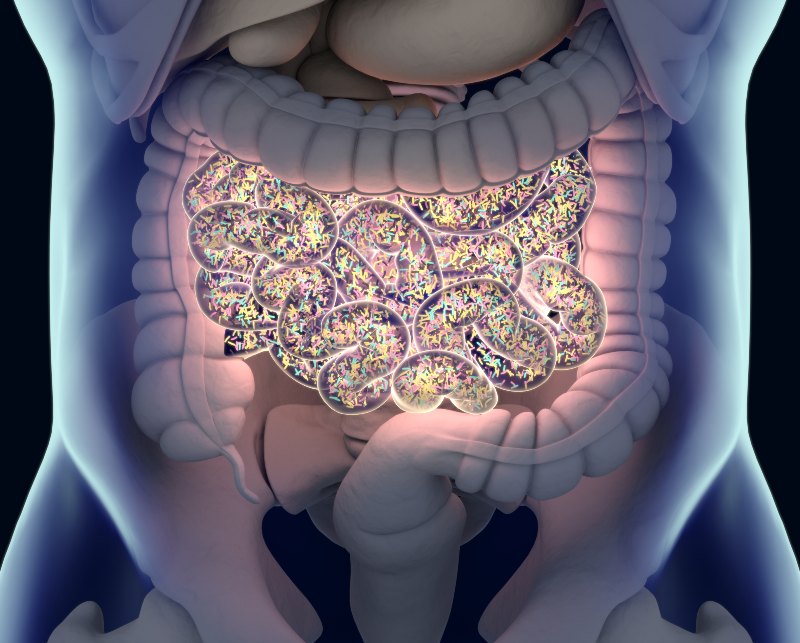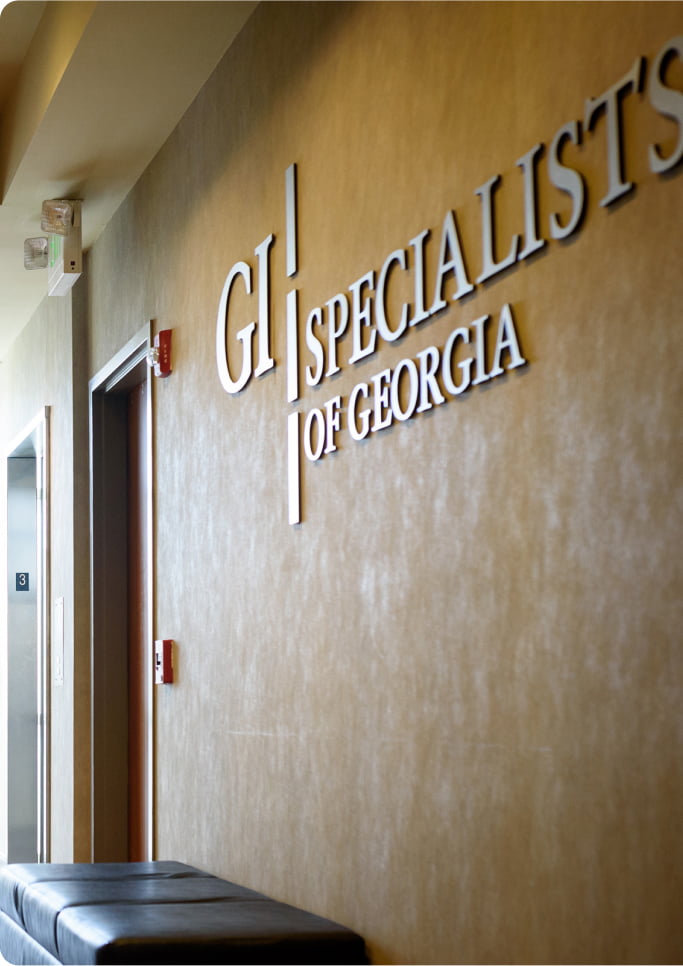Overview
The pancreas is an organ that makes enzymes that help with digestion of food and makes hormones, like insulin, that regulates the level of glucose in the blood. Pancreatitis is inflammation of the pancreas and is typically classified as being acute pancreatitis or chronic pancreatitis.
Acute pancreatitis typically begins acutely and is often associated with severe upper abdominal pain that radiates to the back and worsens with eating. Patients often have nausea and vomiting. Chronic pancreatitis can be associated with upper abdominal pain, fat-malabsorption, and unintentional weight loss.

There are several causes of pancreatitis. Gallstones are the most common etiology of pancreatitis and the alcohol is the second most common etiology of pancreatitis. Other causes of pancreatitis include having high levels of triglyceride or calcium in the blood, pancreatic cancer, cystic fibrosis, or having a genetic mutation such as the PRSS1 gene mutation that can cause hereditary pancreatitis. In addition, there are a number of medications that may be in varying degree of probability associated with causing pancreatitis.
In addition to history and physical exam, when considering the diagnosis of pancreatitis physicians will often use imaging and labs such as lipase, which is elevated during pancreatitis. Imaging studies will help evaluate for gallstones, pancreatic cancer, and complications of pancreatitis such as pseudocyst or portal vein thrombosis. To diagnosis chronic pancreatitis, physicians may check stool to evaluate fat or look for signs on CT such as calcification of the pancreas.
For patient’s which acute pancreatitis, cornerstones of the initial management include fluid resuscitation and pain management. Additional treatment will be tailored to the patient based on the cause of pancreatitis. For example, a patient with gallstone-induced pancreatitis may have a procedure such as endoscopic retrograde cholangiopancreatography (ERCP) to remove stones if present in the biliary duct or have a cholecystectomy, which is the removal of the gallbladder, to prevent future occurrences of pancreatitis.
Schedule an Appointment with Our Atlanta-Area Gastroenterologists
"*" indicates required fields


